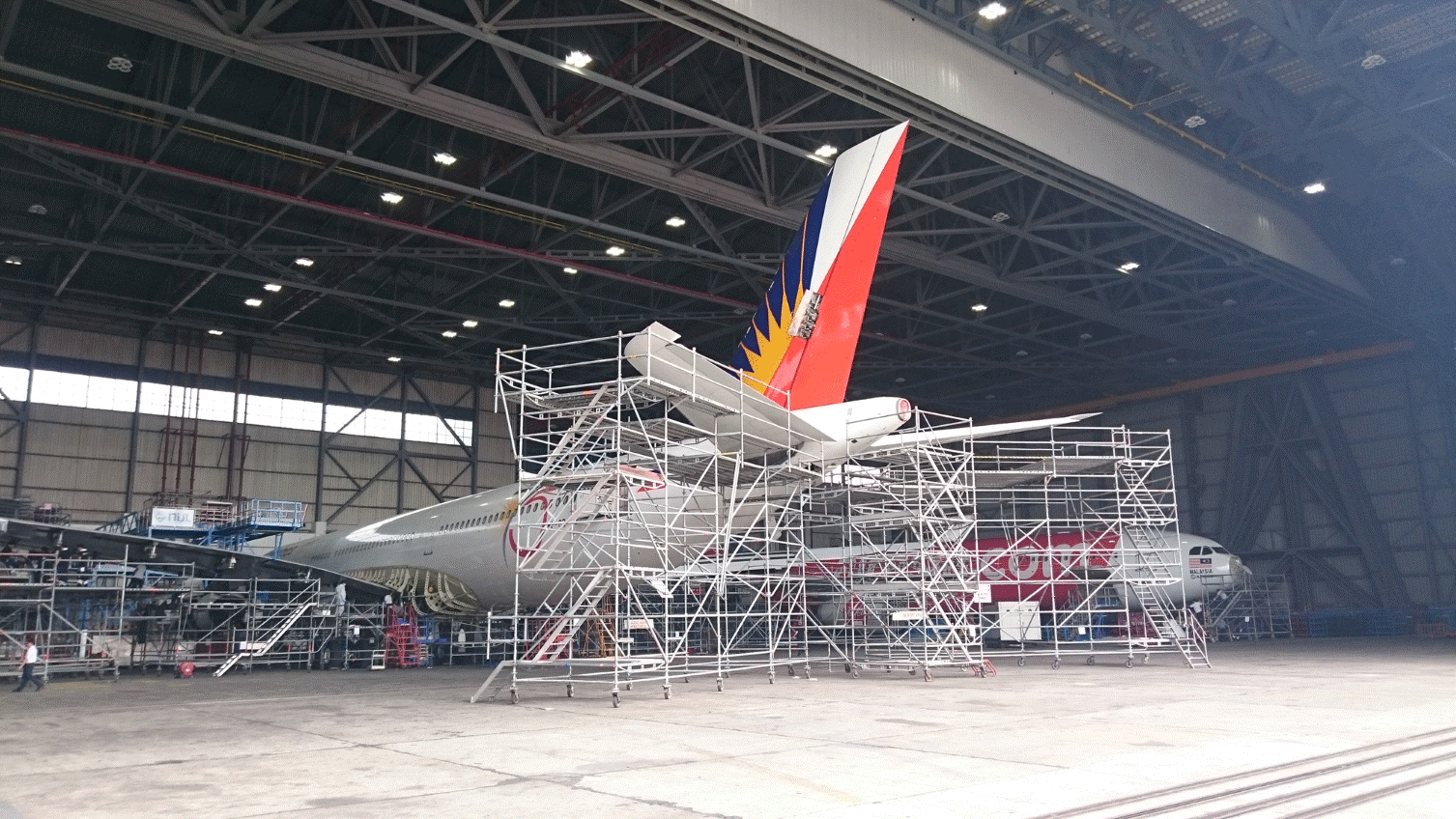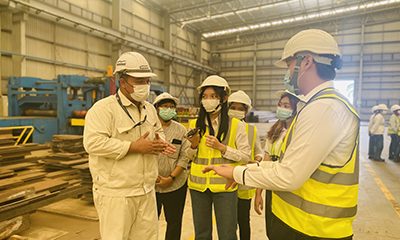The selection of pre-engineered steel buildings for a construction project brings numerous benefits to the investors.
1. The concept of pre-engineered buildings
The term “pre-engineered buildings” was first marketed during the 1960s. A pre-engineered building refers to a building whose components are designed and fabricated in a factory, then transported and assembled at site. Pre-engineered buildings use a predetermined inventory of raw materials that have proven over time to satisfy a wide range of structural and aesthetic design requirements.
Pre-engineered buildings are usually steel structures. Thanks to the high strength grade of steel, these structures are reliable and require less raw materials than other types of structures such as concrete or timber structures.
In modern construction, pre-engineered buildings are used across various industries with multiple applications including commercial buildings such as showrooms, department stores, supermarkets, production halls such as factories, power plants; residential buildings; logistic buildings, and other buildings such as aircraft hangars, shipyards, etc.

The pre-engineered building is preferable in most of the construction projects.
2. How beneficial is a pre-engineered building?
- Durability
As a steel building, pre-engineered buildings have a high strength to weight ratio compared to concrete buildings, enabling them to withstand extreme forces or harsh weather conditions, such as strong winds, earthquakes, thunderstorms, and cyclones. Well-fabricated steel buildings can last up to 30 years if being maintained correctly.
Pre-engineered buildings also have high resistance to fire in comparison with a wooden structure as wood is a combustible material. They are also not affected by termites, bugs, mildew, mold, and fungi.
- Versatility
Versatility is one of the great advantages of steel structure, which means that it can be molded into any shapes, without changing its main properties. In addition, it can be converted into sheets or wires to suit the design requirements. Hence, the architects may let their artistic creativity run wild, while still having the ability to design and construct a building that is both robust and stunning.
- Cost-effectiveness
Steel is moderately cheaper when compared with other construction materials and is lighter in weight as compared to timber/concrete which makes it easier to transport, hence, reducing logistics costs and shortening project schedules. Furthermore, the pre-engineered building is so durable that it requires little maintenance, leading to savings of repair and operations costs.
- Installation at a lightning speed
Steel components in a steel structure can be pre-engineered to specific designs inside the manufacturing factories and are shipped out in ready-to-be installed condition. Hence, it speeds up the construction time significantly, making it possible to complete large-scale projects in a shorter period than usual.
Given the above benefits, pre-engineered buildings have become more and more popular in the construction industry and become the top choice of many architects, contractors, and investors / end-users.








